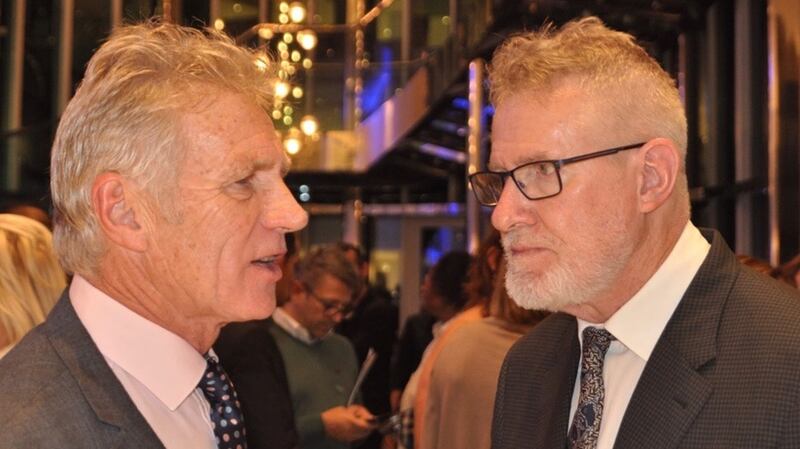Some said he might kill himself and it wasn’t wholly inconceivable. Roger Bannister, dead at 25. His brave attempt at greatness a step too far into the unknown. Such was and in many ways still is the mystique surrounding the four-minute mile.
For Bannister, it was a brick wall that simply needed smashing. Even if it meant he’d expire his last that evening of May 6th, 1954, this was a race against time he wasn’t about to lose.
“Ladies and gentleman.... the time is three....” So goes the true story of sport’s greatest barrier, broken at last.

Yet Bannister’s death last year, at the age of 88, was also a reminder that such properly lasting historical events don’t come around very often, if at all, which was part of the thinking behind the World Athletics Heritage Mile Night, a celebration of that four-lap event running, and also it’s metric equivalent the 1,500 metres, at the Le Meridien Beach Plaza hotel in Monaco.
Bannister was represented by his daughters, Erin Bannister-Townsend and Charlotte Bannister-Parker, and also there were eight of the 10 last living world mile record breakers: Michel Jazy from France, who ran 3:53.3 in 1965, Jim Ryun of the US, Filbert Bayi of Tanzania, New Zealand’s John Walker who ran the first sub-3:50 with his 3:49.4, Coe himself who after three world records took it down to 3:47.33 in 1981, fellow British runner Steve Cram, Noureddine Morceli from Algeria who ran 3:44.39 in 1993, and Hicham El Guerrouj from Morocco who ran his 3:43.13 in Rome in 1999 – the record that still stands.
Even Bannister might have questioned the chances of a 41-year-old running the four-minute mile, which is what Eamonn Coghlan also did, one of two Irish mile legends also present on the night, with Ronnie Delany who, two years after Bannister, became the then only seventh man to run the sub-four minute mile, before going on to win the Olympic 1,500m title later that year.
Other champions of the distance present were Kenya’s 1968 Olympic 1500m champion Kip Keino, and 1987 World Champion Abdi Bile from Somalia, and travelling the short distance from Italy were Pigni Cacchi and compatriot Gabriella Dorio, who both lowered the women’s mile record in their time.
Putting such record-breaking achievements into words is no easy feat, and Seb Coe, World Athletics president and one-time 3:47.33 miler, made the justified comparison to the four act play.
Four-act play
“The symmetry and essence of the mile was captured in Pat Butcher’s book The Perfect Distance,” he said, “and articulates why I have spent my life thinking and working in four-year cycles. I have always seen the race as a four-act play.
“First, the curtain rises. It’s the scene setter. The cast in introduced and start finding their rhythm.
“In the second lap the plot becomes a little clearer. Is this going to be a cat and mouse thriller, or will someone grab the race, the audience or spectators by the throat and steal the show. This is the lap where you are figuring out whether you are able to stick to your race plan or adapting to the prevailing tactics.
“The third lap beckons – the business end of the race. Whether it is fast or slow this is the critical lap as it is all about positioning and covering (in your head and on the ground) all eventualities. You don’t always win from a winning position but you sure as hell don’t win from a losing position.
“To win you must be in the best possible position and able to deal with absolutely anything that is thrown at you as that bell chimes for the final lap.
“And with every passing metre the aim is to be focused and uncompromising. The race needs to be brought home.”
Over the course of 160 years of documented record attempts, the mile has lured athletes from across the world to tackle one of the key benchmarks of human athletic achievement.
Since the formation of the IAAF in 1912, the men’s world mile record has been held by Algeria, France, Finland, Morocco and Sweden, along with English-speaking Australia, Britain, New Zealand, Tanzania, and the USA, with whom the mile is arguably more closely associated.












